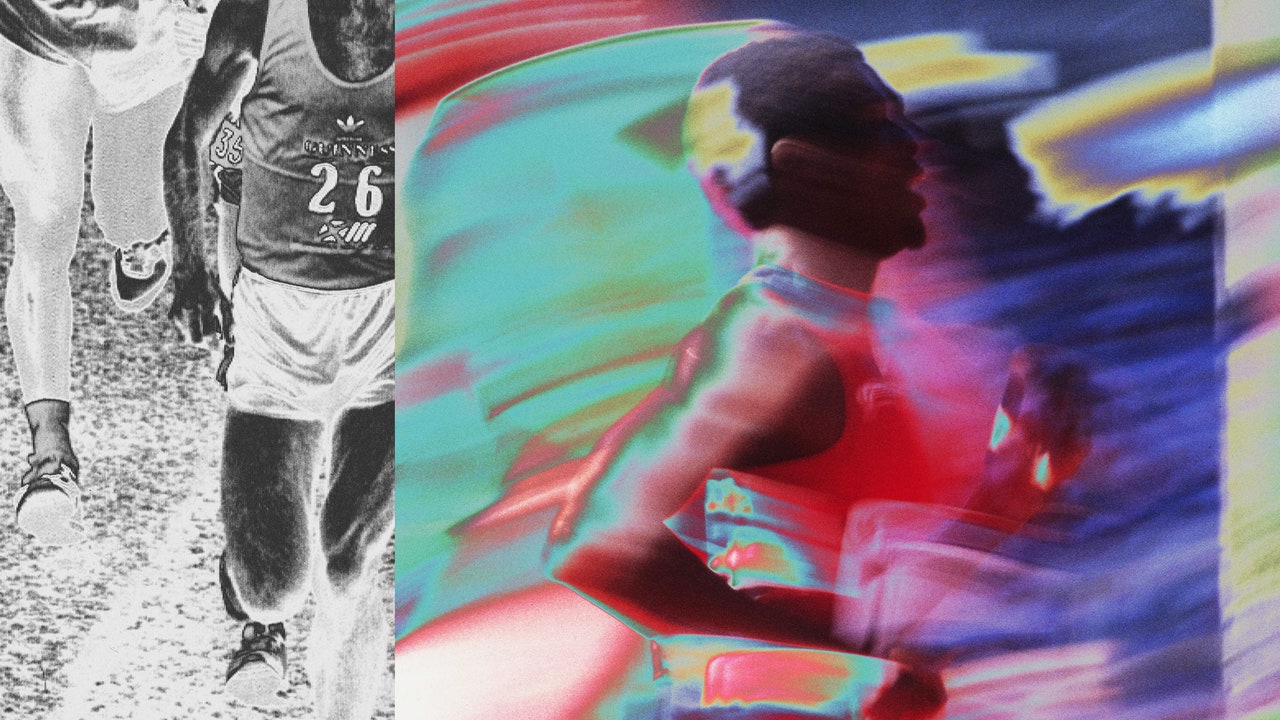This story is from Manual, GQ’s flagship newsletter offering useful advice on style, health, and more, four days a week. Sign up here to get it in your inbox.
Most runners take pride in detailed metrics—miles logged, pace per mile, personal bests. But there’s one simpler number that might deserve more of your attention: “Time on feet” (TOF), which is all about tracking how long you’re out there rather than fixating on distance or pace. Instead of aiming for a four-mile run at 8:30 pace, you could substitute a 45-minute session without worrying about how far or fast you went. While this approach is most popular in ultrarunning, where athletes spend hours and hours on the trail, it’s also beneficial for everyone from first-time 5k participants to seasoned marathoners—and, really, anyone who wants a higher VO2 max. (Which is everyone, right?)
Keep It Simple
For competitive runners, the pure amount of time you spend running is a strong indicator of success. A 2023 study showed that training volume—not the average or longest distance you run—is the most significant factor for predicting a marathoner’s race times.
When you add volume at a low intensity, you’re building your aerobic base, which Ron Hammett, coach at Sundog Running, likens to an engine. “If it’s a small engine, you can only go so fast and so long,” he says. “The more volume you can do, the more it expands that aerobic engine—your capacity to get faster, to go longer, to be more efficient.”
But TOF isn’t just about physical benefits—it’s good for your mental game. Shifting your focus to time rather than distance can help you slow down and embrace the benefits of easy running. Relaxed zone 2 time, which some experts say should make up about 80 percent of your training, is crucial for building endurance: When your goal is to log time rather than distance, you’re less inclined to rush through your workout just to hit a certain mileage. For example, if you’ve got a recovery run scheduled as a five-mile easy run, you might be tempted to speed through it to get on with your day. But if you’ve planned a 60-minute easy run, you’re more likely to take it at the right pace.
Evan Hoyt, an exercise physiologist at Human Powered Health, adds that TOF gives you the freedom to listen to your body: “If you don’t have any specific goals involved, it takes all the stress out of achieving a tangible goal at the end of it. It just makes it a little bit more enjoyable,” says Hoyt. “It’s also a really good tool to not overtrain.” You can also more easily swap in low-impact forms of cardio when you’re feeling a bit banged up—if your hips or feet are screaming at you, you could even hop on a bike for 45 minutes instead.
How to Train With Time on Feet
For beginners, Hoyt says the most important thing is to build up TOF slowly. “If someone wants to run their first 5k but doesn’t have a specific time goal, then I would write a plan around the estimated time that we’ll run it in,” he says. For example, if you run a 10 to 15 minute mile, the run would take 30 to 45 minutes. “You just want to train the body to be able to move for that long,” he says.









